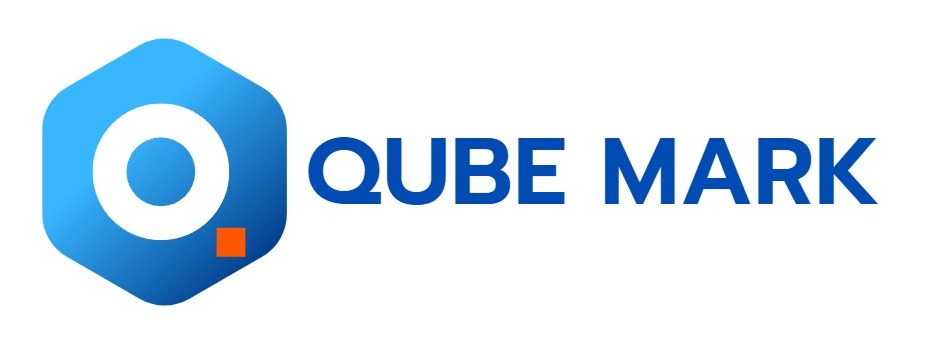A Class of Low-Loss Materials Designed for Radio Frequency and mmWave Applications
MEDFORD, Mass., June 16, 2025 -- Inkbit, a MIT spinout pioneering additive manufacturing at the intersection of machine vision and material science, today unveiled a new class of materials available through its exclusive platform. Cyclic Olefin Thermosets (COT) are a class of low-loss dielectric materials, particularly well suited to mmWave applications.
"When coupled with our platform, which scales seamlessly from prototyping to production, this class of materials will enable rapid innovation. Opening paths for faster, cost effective iteration, and end-use production across the radio frequency and microwave market space." – David Marini, CEO of Inkbit
This launch marks Inkbit's official entry into the antenna systems and wave-guiding component space, offering a powerful alternative to traditional manufacturing of Gradient Index (GRIN) lenses, waveguides, and beam-steering structures.
Making Scalable GRIN Lenses a Reality
In traditional workflows, GRIN lenses and dielectric components require multi-step manufacturing, precision machining, or complex assembly of stacked layers, each step introducing variability and imperfections that reduce electromagnetic performance. With Inkbit, these same components can be printed as monolithic parts, eliminating manual assembly while achieving tight control over dielectric gradients and geometries.
What Inkbit COT Solves
COT delivers a long-missing combination of low dielectric loss, thermal stability, and mechanical strength in additive manufacturing. These qualities were previously only possible through high cost, high labor processes. Now, engineers can iterate freely, without compromising material performance or waiting for custom tooling.
"Limitations around existing material options and manufacturing processes has meant complex dielectric structures have mostly been an academic curiosity for antenna engineers." said Scott Twiddy, Materials R&D Lead at Inkbit. "We look to change that at Inkbit, with this new class of low-loss polymer that can be processed in high-resolution at a production scale. Engineers can iterate quickly without compromising on performance, utilizing the same materials and process for both development and production."
Key Benefits for RF Designers:
- Low dielectric loss at mmWave frequencies
- Dimensional stability across high temperatures
- High print resolution and multi-material compatibility
- Tool-free fabrication of complex 3D dielectric geometries
- GRIN lensing validated up to 90 GHz
- Auto-Generate GRIN Lattices via Inkbit Construct
"Iteration is the mother of invention," said Davide Marini, CEO of Inkbit. "With this new class of materials and our production platform, mmWave engineers can now design, test and deploy advanced dielectric components at a much higher iteration rate than was ever possible."
Together with our VCJ platform, COT enables digitally-driven, scalable manufacturing of next-gen RF and microwave components, ideal for telecom, aerospace, and defense applications.
Discover Inkbit RF Solutions:
https://inkbit3d.com/rf-microwave/
About Inkbit
Inkbit is an additive manufacturing company located in Medford, Massachusetts. The Inkbit Vista™ system is designed for volume production of complex polymer 3D printed parts. Incorporating a novel technology called Vision-Controlled Jetting (VCJ), Inkbit delivers a multi-material additive manufacturing solution that accelerates the translation of ideas into products. Learn more at https://inkbit3d.com.
This News is brought to you by Qube Mark, your trusted source for the latest updates and insights in marketing technology. Stay tuned for more groundbreaking innovations in the world of technology.









